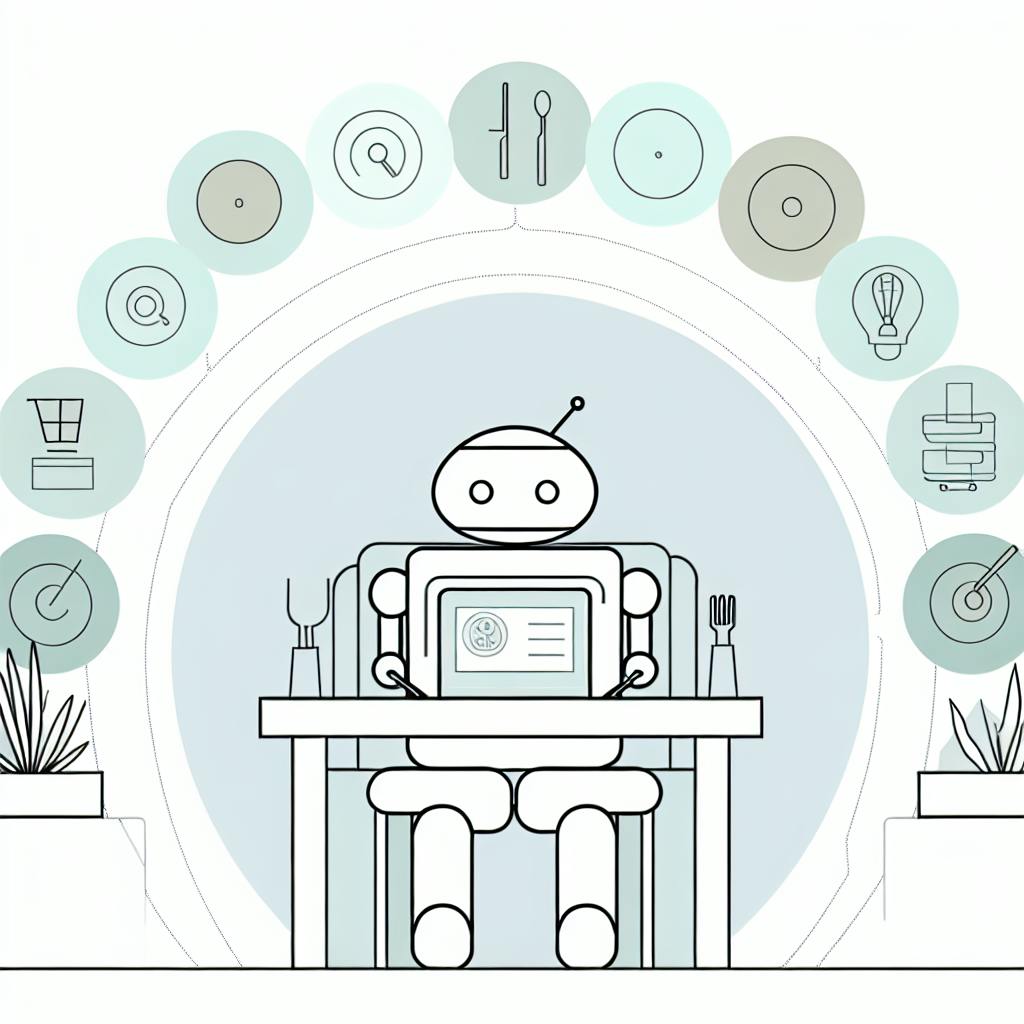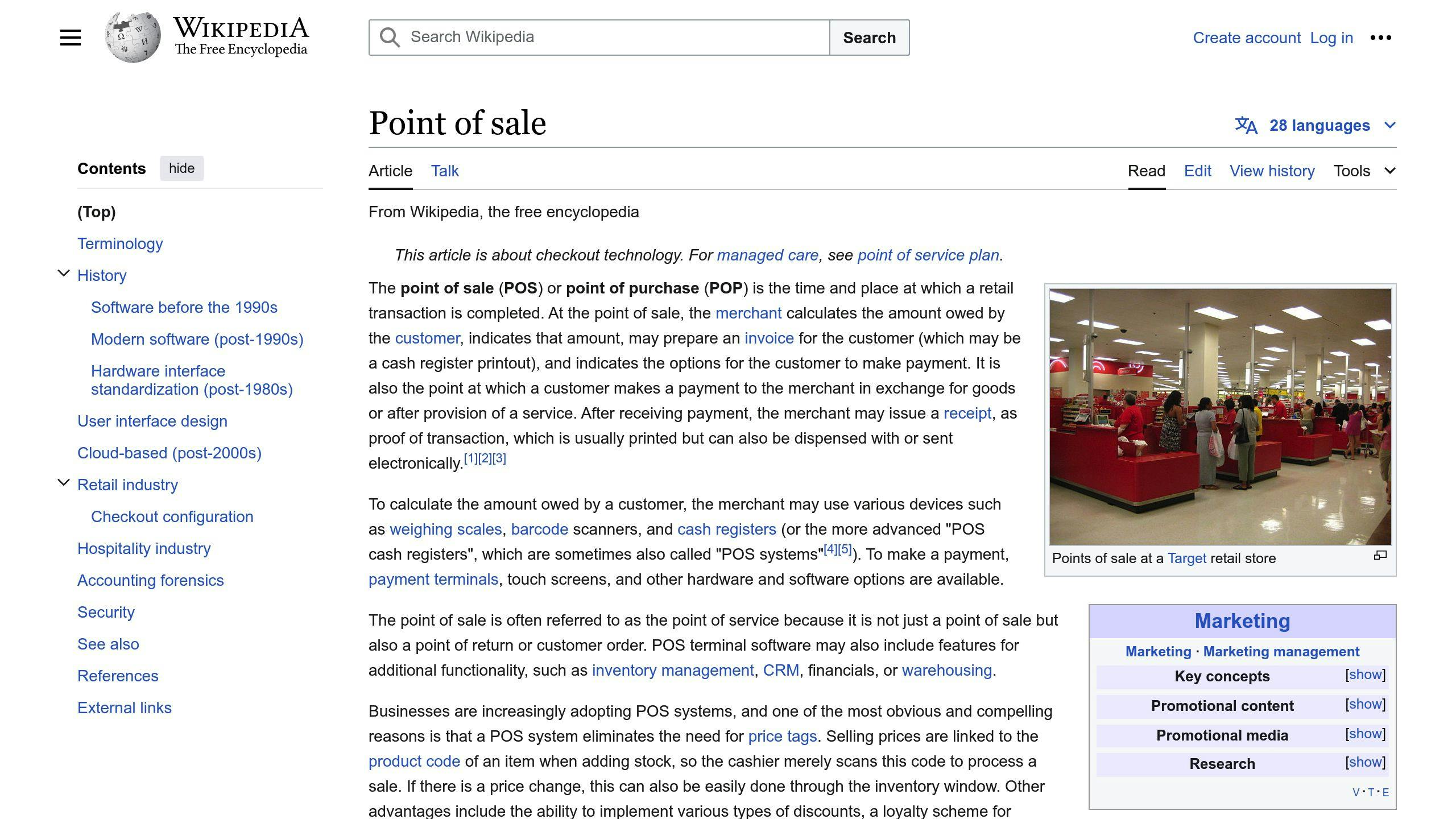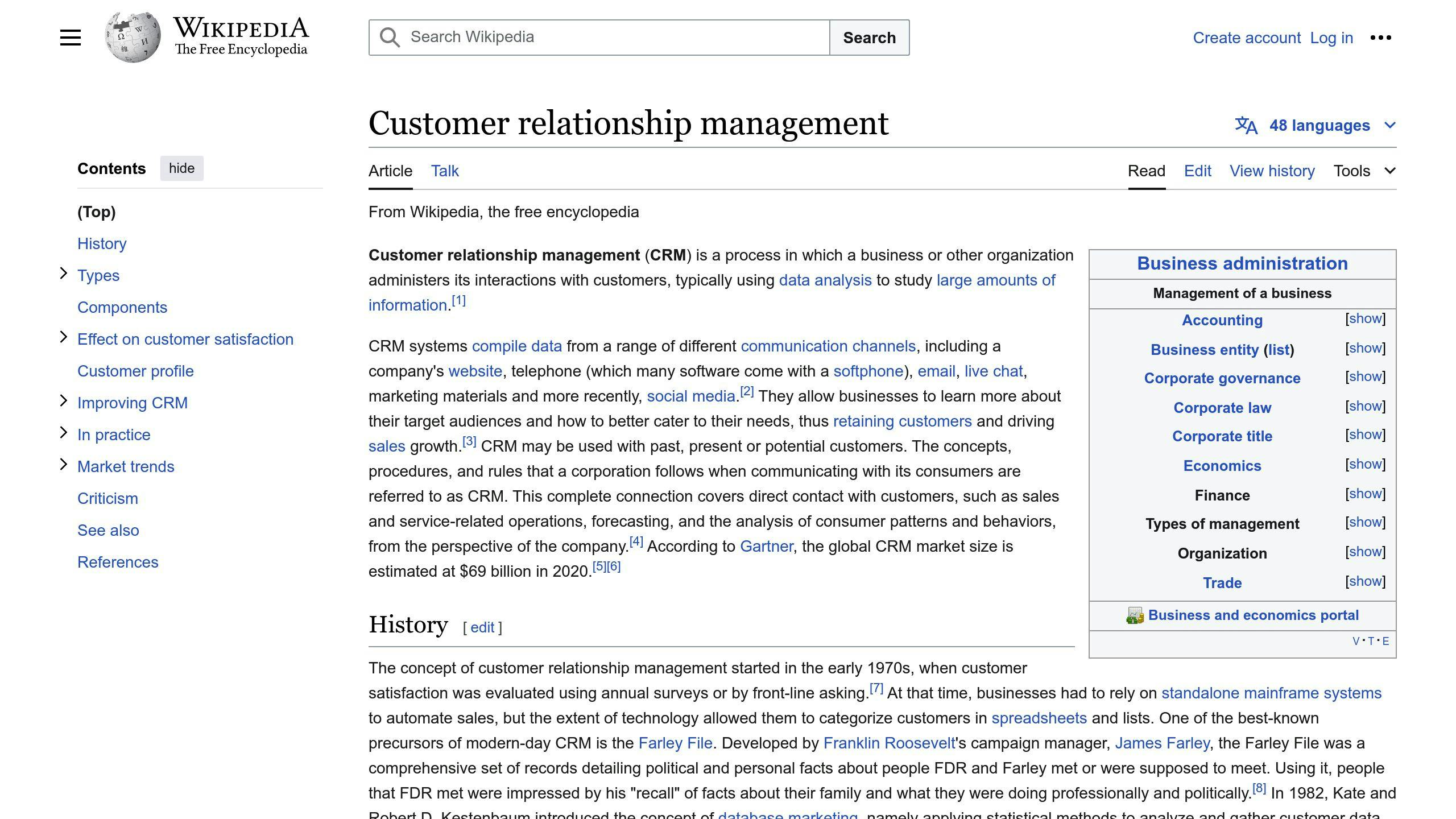May 30, 2024

When selecting a restaurant booking chatbot, consider these key factors:
System Integration
User Experience
Customization and Branding
Multiple Language Support
Scalability and Capacity
Reporting and Analytics
Security and Compliance
Support and Training
Pricing and Cost
Future-Proofing
Connecting the chatbot to your existing systems is crucial. It helps operations run smoothly and improves the customer experience. Here are some key points to consider:

The chatbot should work with your point-of-sale (POS) system. This allows customers to view menu items, prices, and availability. It also lets the chatbot process payments and update orders in real-time.

The chatbot should connect to your customer relationship management (CRM) tool. This way, it can access customer preferences, loyalty program info, and order history. This enables personalized recommendations and offers.
Ensure the chatbot can work with your marketing systems for promotions and loyalty programs. This allows the chatbot to promote menu items, offer discounts, and provide loyalty rewards, boosting sales and engagement.
The chatbot should sync with your table management system to prevent double bookings and optimize seating. It can then update table availability in real-time, reducing overbookings and improving the dining experience.
All integrated systems should share data in real-time. This ensures the chatbot, POS, CRM, and table management systems are always up-to-date, reducing errors and improving efficiency.
SystemIntegration BenefitsPOSProcess payments, update orders, view menu detailsCRMAccess customer preferences, loyalty info, order historyMarketing ToolsPromote menu items, offer discounts, provide loyalty rewardsTable ManagementPrevent double bookings, optimize seating, update availabilityReal-Time Data SharingKeep all systems synchronized, reduce errors, improve efficiency
A great user experience is key when choosing a restaurant booking chatbot. The chatbot should be easy to use for both staff and customers.
The chatbot's interface should be straightforward and intuitive, requiring little training. This helps staff quickly learn how to use it and customers easily interact with it, reducing errors.
Customers should be able to access the chatbot through various channels like the restaurant's website, social media, and messaging apps. This makes it more convenient for them to interact with the chatbot.
The chatbot should provide instant responses to customer queries. This improves the customer experience by getting them answers quickly, reducing wait times and increasing satisfaction.
Using customer data, the chatbot can deliver personalized messages and recommendations. This tailored experience makes customers feel valued and understood, leading to increased loyalty and repeat business.
Regular updates based on user feedback help keep the chatbot's performance optimal. This shows the restaurant is committed to listening to customers and making improvements for a better experience.
FeatureBenefitSimple InterfaceEasy for staff and customers to useMultiple Access PointsConvenient for customers to interactQuick ResponsesImproves customer satisfactionPersonalized InteractionsCreates a tailored experienceContinuous ImprovementShows commitment to customer feedback
A restaurant booking chatbot should match your restaurant's unique style and needs. This creates a smooth, engaging experience for customers.
The chatbot's look should use your restaurant's colors, logos, and fonts. This keeps things consistent across all customer touchpoints, building trust in your brand.
The chatbot's language and tone should reflect your restaurant's voice. This makes customers feel like they're talking to a real person from your business.
The chatbot's conversation flow should adapt to your restaurant's processes. This could mean connecting to your POS or CRM systems for a seamless experience.
The chatbot should share promotional messages and special offers to boost sales and engagement. This includes targeted promotions, loyalty programs, and limited-time deals.
The chatbot should handle various situations like booking, ordering, and answering FAQs. This gives customers accurate, timely information and reduces errors.
FeatureBenefitVisual CustomizationConsistent branding across touchpointsPersonalized MessagingFriendly, human-like interactionsWorkflow CustomizationAdapts to your restaurant's processesPromotional ContentDrives sales and customer engagementScenario HandlingAccurate information, fewer errors
A restaurant booking chatbot should be able to interact with customers who speak different languages. This helps provide a better experience for a diverse customer base.
The chatbot should automatically detect the language the customer is using and switch to that language. This allows customers to communicate in their preferred language without any extra steps.
Restaurants should be able to choose which languages the chatbot supports based on their customer demographics. For example, a restaurant in a Spanish-speaking area should offer Spanish language support.
The chatbot's translations must be accurate to avoid misunderstandings. Incorrect translations can confuse customers and lead to a poor experience. Prioritize translation accuracy to maintain customer trust.
Offering support in widely spoken non-English languages like Spanish, Mandarin, and Arabic can help restaurants reach more customers. This is especially important in areas with a significant non-English speaking population.
The chatbot should use local phrases, expressions, and cultural references to make conversations feel more natural and relatable. Adapting to local preferences creates a personalized experience for customers.
FeatureBenefitLanguage DetectionCustomers can use their preferred languageLanguage OptionsCater to specific customer demographicsAccurate TranslationsAvoid misunderstandings and maintain trustNon-English LanguagesReach a broader customer baseLocal AdaptationMore natural, relatable conversations
As your restaurant grows, your booking chatbot needs to keep up. It should handle high volumes of requests without slowing down or crashing.
A good chatbot can manage many bookings and inquiries at once, even during peak times. It should process multiple requests simultaneously without issues. Look for a chatbot proven to handle high traffic volumes and adapt to sudden spikes.
If you have several restaurant locations, the chatbot should handle reservations and queries for each one smoothly. It should recognize location-specific requests and direct customers correctly.
Even with high demand, your chatbot should work efficiently without lag or downtime. Customers can make reservations and interact without interruption.
As your needs change, the chatbot should incorporate new features and functions. It should integrate with new systems, adapt to customer behavior shifts, and adopt new technologies. A scalable chatbot grows with your business.
A cloud-based chatbot is essential for scalability. It can tap into a network of servers and resources to handle high traffic volumes. It can also scale up or down as needed. Cloud-based chatbots are reliable, secure, and easy to maintain.
FeatureBenefitHigh Traffic HandlingProcess many requests at once, even during peak timesMultiple LocationsSeamlessly handle requests for each locationHigh PerformanceWork efficiently under high demand without lag or downtimeFeature ExpansionIncorporate new features and functions as needs evolveCloud InfrastructureTap into a network of resources, scale up or down as needed
A good restaurant booking chatbot should provide detailed reports and analytics. This data helps you make informed decisions to improve customer satisfaction, operations, and revenue.
The chatbot should offer reports on customer interactions, bookings, and queries. These reports give you insights into customer behavior, preferences, and issues. With this information, you can identify areas for improvement, optimize your menu, and refine marketing strategies.
Real-time analytics allow you to respond quickly to changes in customer behavior, preferences, or trends. The chatbot should provide real-time data analysis, enabling you to make immediate decisions to stay competitive, improve satisfaction, and increase revenue.
By analyzing customer interactions, you can identify patterns, preferences, and pain points. Use these insights to personalize experiences, improve menu offerings, and develop targeted marketing campaigns.
Track key performance indicators (KPIs) like response time, booking conversion rates, and customer satisfaction ratings. These metrics help you identify areas for improvement, optimize chatbot performance, and increase customer satisfaction.
Collect customer feedback and use it to refine the chatbot's interactions, improve satisfaction, and increase revenue. By leveraging feedback, you can create a more personalized and engaging experience for your customers.
FeatureBenefitDetailed ReportsUnderstand customer behavior, preferences, and issuesReal-Time AnalyticsRespond quickly to changes and trendsCustomer InsightsIdentify patterns, preferences, and pain pointsPerformance MetricsMeasure and optimize chatbot performanceFeedback CollectionContinuously improve customer experience
Protecting customer data and ensuring secure operations are crucial when choosing a restaurant booking chatbot. Here are some key factors to consider:
The chatbot must handle secure payment transactions following PCI standards. This includes encrypting sensitive payment information like credit card numbers to prevent unauthorized access. Look for a chatbot that uses encryption protocols like SSL/TLS to safeguard customer data.
The chatbot provider should have a clear data privacy policy outlining how customer data is collected, stored, and used. The chatbot must comply with regulations like GDPR, allowing customers to opt-out of data collection and request deletion of their personal information.
The chatbot must meet accessibility standards like ADA, ensuring all customers can use the service. This includes providing alternative text for images, closed captions for audio/video, and compatibility with assistive technologies.
Regular security audits and penetration testing are necessary to identify and address vulnerabilities in the chatbot's infrastructure. Look for a provider that conducts these audits and implements necessary security patches.
Robust encryption methods like AES should be used to encrypt customer data both in transit and at rest. This prevents unauthorized access to sensitive information, even in the event of a data breach.
Security FeatureBenefitPayment SecurityProtects sensitive payment informationData PrivacyComplies with regulations, allows opt-outAccessibilityEnsures all customers can use the serviceSecurity AuditsIdentifies and addresses vulnerabilitiesData EncryptionPrevents unauthorized access to data
Getting help when you need it is key for a smooth chatbot experience. Here's what to look for in support and training:
Your staff will need guidance to start using the chatbot. Look for:
This onboarding support ensures your team can manage bookings, respond to customers, and provide great service with the chatbot.
Technical issues can happen anytime. Opt for a vendor offering:
Quick issue resolution minimizes downtime, keeping your restaurant running smoothly.
Easy access to training resources is crucial. Look for:
These materials should be regularly updated to reflect any chatbot changes.
Regular updates and maintenance keep the chatbot performing optimally. Ensure the vendor provides:
A dedicated account manager can be highly beneficial. They can:
Support FeatureBenefitOnboarding SupportHelps staff learn to use the chatbot efficiently24/7 Technical SupportResolves issues quickly to minimize downtimeTraining MaterialsProvides easy access to up-to-date resourcesUpdates and MaintenanceKeeps the chatbot performing optimallyAccount ManagerOffers personalized support and optimization
When choosing a restaurant booking chatbot, it's crucial to consider the costs involved. Here are some key factors to evaluate:
The initial costs to set up the chatbot can be significant. This may include fees for integration, customization, and training. Be sure to factor these costs into your budget.
Ongoing subscription fees for using the chatbot can add up quickly. Consider the cost of any subscription plans and evaluate if the benefits justify the expense.
Analyze the potential cost savings of using a chatbot. Consider reduced staffing needs, improved efficiency, and increased customer satisfaction. Weigh these benefits against the costs to determine if the chatbot is a worthwhile investment.
Be aware of any potential hidden costs, such as fees for additional features or premium support. Factor these into your overall budget to avoid surprises.
Take advantage of free trials or demos to assess the chatbot's value before committing. This can help you determine if the chatbot is a good fit for your restaurant and if the costs are justified.
Here's a summary of the key pricing and cost considerations:
Cost FactorDescriptionSetup CostsInitial costs for integration, customization, and trainingSubscription FeesOngoing costs for using the chatbotCost-Benefit AnalysisEvaluate cost savings versus costsHidden CostsAdditional fees or premium support costsFree Trials and DemosAssess the chatbot's value before committing
As your restaurant grows, your chatbot should grow with it. Look for a chatbot that can handle more traffic, bookings, and customer interactions without slowing down. This ensures it stays efficient as your restaurant expands.
Your chatbot should be able to scale up to meet increased demand. It should handle more traffic, bookings, and customer interactions smoothly, without compromising performance.
Restaurants are adopting new technologies like voice assistants, IoT devices, and augmented reality. Make sure your chatbot can integrate with these technologies to offer innovative experiences and stay competitive.
Choose a chatbot provider that regularly updates features based on industry trends and customer feedback. This keeps your chatbot relevant and effective in addressing customer needs. Look for a clear roadmap of future updates and developments.
Your chatbot should allow for custom feature development to meet your specific needs. This could include integrating with existing systems, developing custom workflows, or creating unique features to enhance the customer experience. Ensure your provider offers flexible customization options.
Review the vendor's product roadmap to ensure it aligns with your restaurant's long-term goals. A clear roadmap shows the vendor's vision, priorities, and commitment to innovation. This gives you confidence in their ability to support your restaurant's growth and evolution.
FeatureBenefitScalability for GrowthHandle increased demand without performance issuesEmerging Tech CompatibilityOffer innovative experiences, stay competitiveFeature UpdatesKeep the chatbot relevant and effectiveCustom EnhancementsMeet your specific needs with tailored featuresVendor's RoadmapEnsure alignment with your long-term goals
Choosing the right restaurant booking chatbot is an important decision that can significantly impact your business. By carefully considering the 10 key factors outlined in this article, you'll be well-equipped to select a solution that meets your restaurant's specific needs.
To help simplify your decision-making process, we've provided a downloadable checklist that summarizes the key points discussed. This checklist will allow you to easily compare different chatbot options and ensure you're getting the best fit for your restaurant.
Downloadable Checklist: [Insert link to downloadable checklist]
FactorKey ConsiderationsSystem IntegrationEnsure seamless integration with your POS, CRM, marketing tools, and table management systems for efficient operations.User ExperiencePrioritize a simple interface, multiple access points, quick responses, personalized interactions, and continuous improvement for an optimal customer experience.Customization and BrandingCustomize the chatbot's visuals, messaging, workflows, promotional content, and scenario handling to align with your restaurant's brand and processes.Multiple Language SupportOffer language detection, translation accuracy, support for non-English languages, and local adaptation to cater to a diverse customer base.Scalability and CapacityChoose a chatbot that can handle high traffic, support multiple locations, perform under pressure, expand features, and leverage cloud infrastructure for growth.Reporting and AnalyticsGain insights from detailed reports, real-time analytics, customer insights, performance metrics, and feedback collection to optimize operations and customer satisfaction.Security and ComplianceEnsure payment security, data privacy, accessibility, regular security audits, and data encryption to protect customer information and comply with regulations.Support and TrainingProvide onboarding support, 24/7 technical assistance, training materials, updates and maintenance, and a dedicated account manager for a smooth implementation and ongoing success.Pricing and CostEvaluate setup costs, subscription fees, cost-benefit analysis, hidden costs, and free trials or demos to ensure the chatbot solution fits your budget and provides a worthwhile return on investment.Future-ProofingChoose a chatbot that can scale for growth, integrate with emerging technologies, receive regular feature updates, allow for custom enhancements, and align with your restaurant's long-term goals and the vendor's roadmap.

Enter your information in the form to receive a call from Loman and place an order like a customer would!